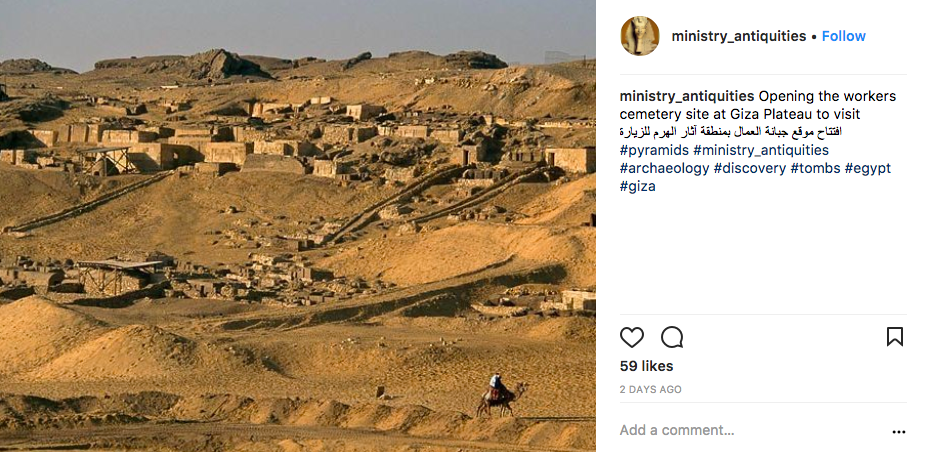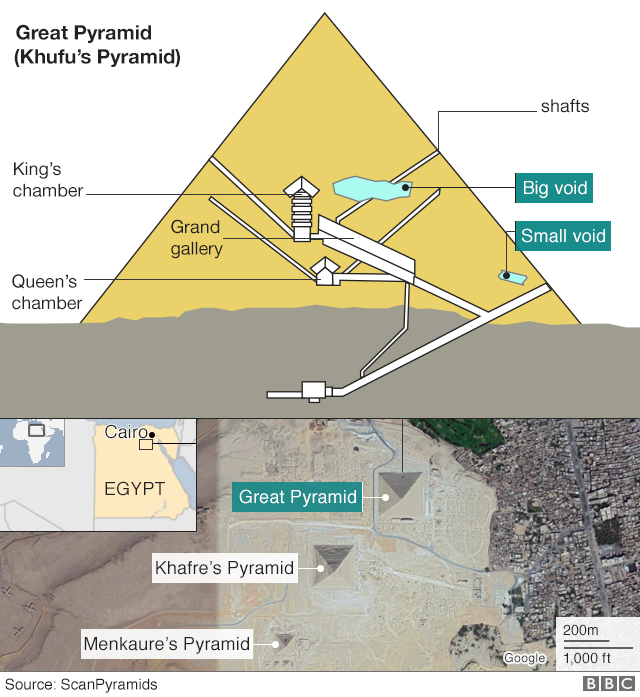Egyptologists make shocking discovery at the Great Pyramid of Giza after 'cursed tomb' reopening
Published: 2017-11-04 10:01
Last Updated: 2024-04-19 07:28
If you believe in legends, then you’d better stay clear of Egypt’s “cursed tomb,” which archaeologists have just reopened to the public for the first time since its discovery 30 years ago.
“Opening the workers cemetery site at Giza Plateau to visit,” the Press Office of the Ministry of Antiquities announced on Instagram in a bid to boost tourism.

The tomb, which dates back to 4,500 years, contains the corpses of the Pharaohs who built the Great Pyramid of Giza. It is located in a tribal mountain area near the pyramid.
Newsweek reported that the Giza Plateau contains the remains of workers and their supervisors, including one from the Royal Palace, known as Nefer Thieth, and “a man of significance.”
It is believed that the workers’ boss had “cursed” the site after building the iconic pyramid in order to “protect it from thieves,” according to Newsweek.
“All people who enter this tomb who will make evil against the tomb and destroy it, may the crocodile be against them in water, and snakes against them on land.
"May the hippopotamus be against them in water, the scorpion against them on land,” a chilling warning left by the workers reads, as described by Egyptian Archaeologist Zahi Hawass, in his book the “Valley of the Golden Mummies.”
Coincidentally, Japanese and French scientists also discovered this week a giant void within the Great Pyramid.
The scientists made the discovery after two years of studying the pyramid, using a scanning technique called muography, which “can sense density changes inside large rock structures,” according to the BBC.

Via the BBC
The void sits directly above the pyramid’s famous three large chambers and passageways.
"We don't know whether this big void is horizontal or inclined; we don't know if this void is made by one structure or several successive structures," explained Mehdi Tayoubi from the HIP Institute, Paris.
"What we are sure about is that this big void is there; that it is impressive; and that it was not expected as far as I know by any sort of theory."
More information can be found about the new discovery here.

